|
Guided Tour of Rumah Penguluh Abu Seman on the grounds of Badan Warisan |
||
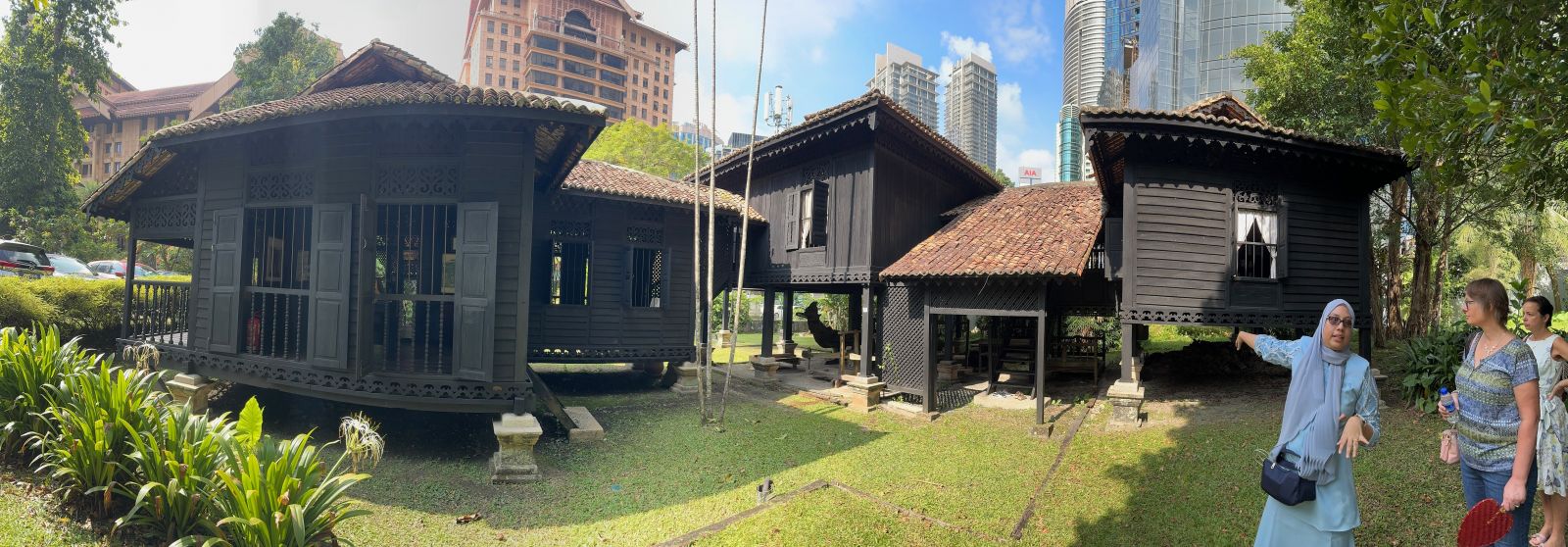 |
||
|
What is the 100-year old house of a Kedah village headman doing in the heart of Kuala Lumpur? MCG members found out on Wednesday, February 21 when a Badan Warisan (The Heritage of Malaysia Trust) guide, Syuhuada, led us through the interior of this historic home. It is actually a collection of three separate portions brought together from Kedah, relocated and restored here in 1995 on the Badan Warisan grounds.
Representing a particularly fine example of Malay kampong architecture, Abu Seman’s house is made entirely wood and displays time honoured features, many of which are designed to maintain a comfortable ambience. The house is surrounded by shade provided by coconut trees, clove trees and pandan plants. Different woods are used for various purposes; the hardest woods are reserved for the pillars, medium hard woods for the floors and softer woods for the walls. Pillars support the house, which elevates the home about six feet off the ground, are set in concrete bases as a protection against termites. Square pillars were used because it is harder for snakes to coil up around them than round pillars. The main pillar, the tiang seri, was found to have a 1910 coin under it when the house was dismantled for its trip to KL, and was replaced by a 1995 coin on reconstruction. The floors are raised providing protection from flooding and ventilation from under the house. Residents frequently worked in the shady space below. Open wall carvings above windows and below the roof line allow free flow of air in and out, as do long vertical windows. Full length shutters, fitted with louvres, control the amount of light or air flowing through the house and shut out the rain. |
||
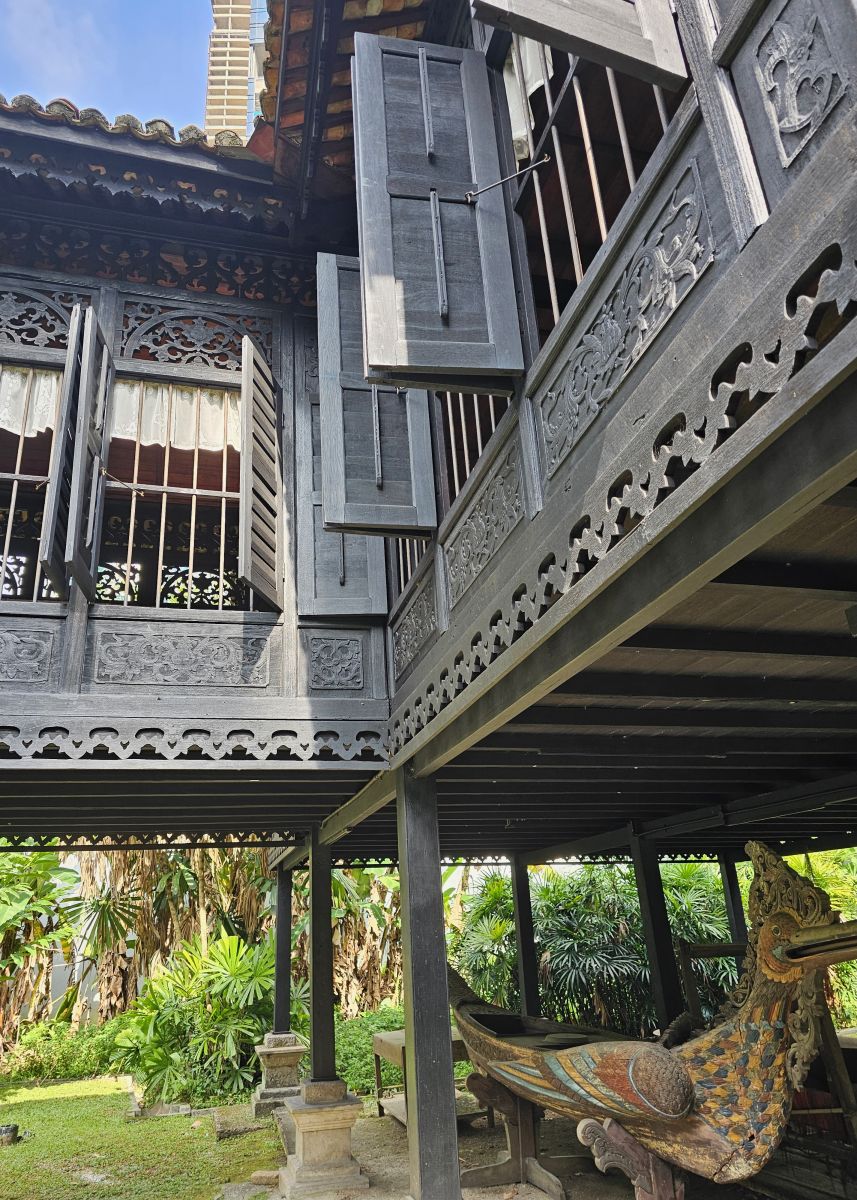 |
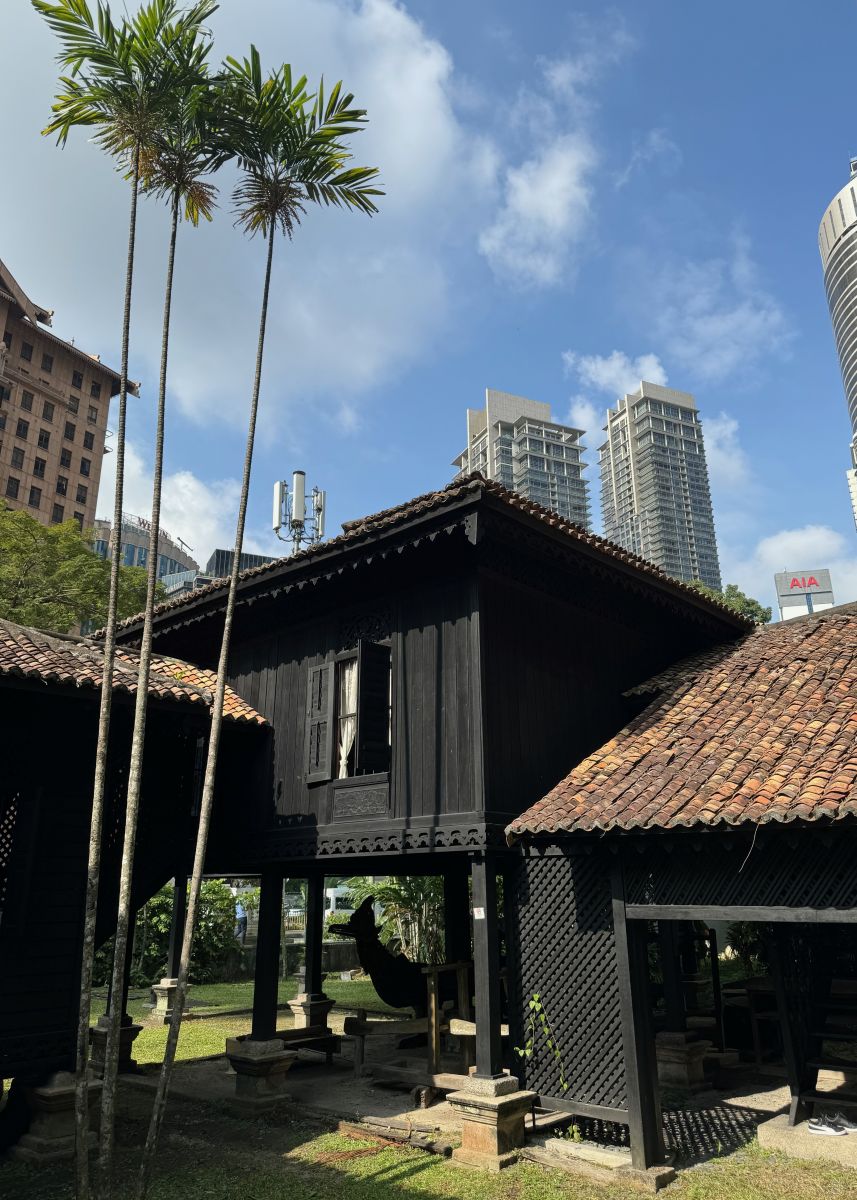 |
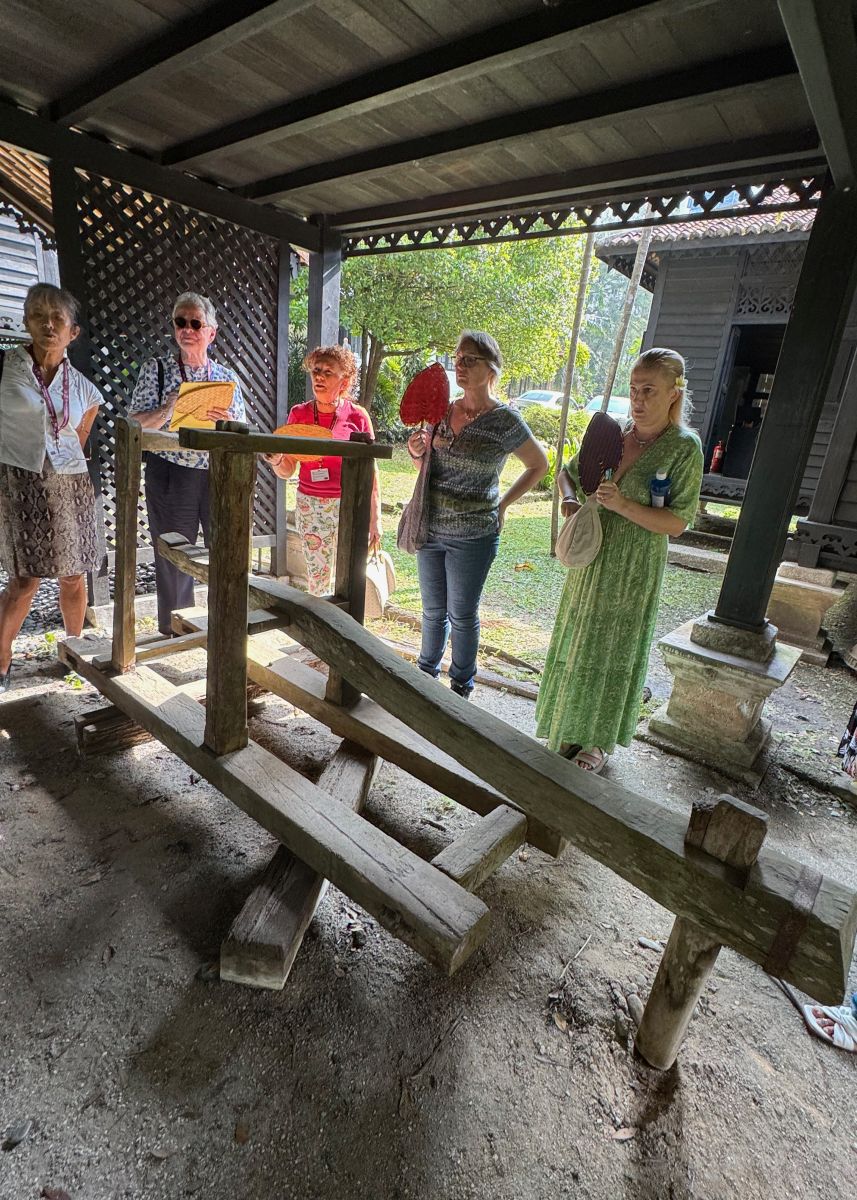 |
|
The first part visitors enter, known as the balai or hall, is actually the newest section, having been built in the 1930s to serve as an office and court for the village head to hear cases from the villagers. It is a low verandah, with an attached office, easily accessed from the outside plus the family could entertain casual visitors there when court was not in session. A staircase at the far end leads up to the rumah ibu, the main house, which is the highest from the ground offering sanctuary in the flooding season. It features a large open area where the men could relax or guests could gather on the floor for weddings for instance. As this was the house of the pengulu, a head man, two separate bedrooms were included, which was not the norm in kampong houses. A curious feature of one of the bedrooms is the ladder attached to the wall that leads up through the plank ceiling. As the tallest portion of the house, the rumah ibu has the highest roof line, the rooms all have a ceiling, which means there is a space between the ceiling and the roof. This space is accessible via the ladder which was used perhaps for storage, or hiding, or daughters’ sleeping quarters or as a refuge in case of severe flooding. The other two sections of the house, having no ceilings, are open to the roof. This was the original section, built in 1910. Several steps lead down to the portion near the back, known as the rumah tengah, the middle house, where women and children would gather. Having the rumah tengah separate meant the main part of the house could be saved in case of fire. There were steep steps from the outside to the women’s quarters and intruders could be pushed down the steps. Tikar, mats woven from the leaves of the mengkuang plant, were spread out on the floor during family meals. Congkak sets and batu seremban games were played here. Built in the 1920s this is the third part of the house. Off this portion is the dapur, kitchen, another step down. Cooking was done over a fire built on a raised table, fire proofed with banana trunk. Kitchen implements such as the batu tumbok, mortar and pestle and the batu giling, grinder were found here. A meat safe took the place of a refrigerator as the place to secure cooked food. And the women had access to the outside through a lower staircase at the back off the kitchen. |
||
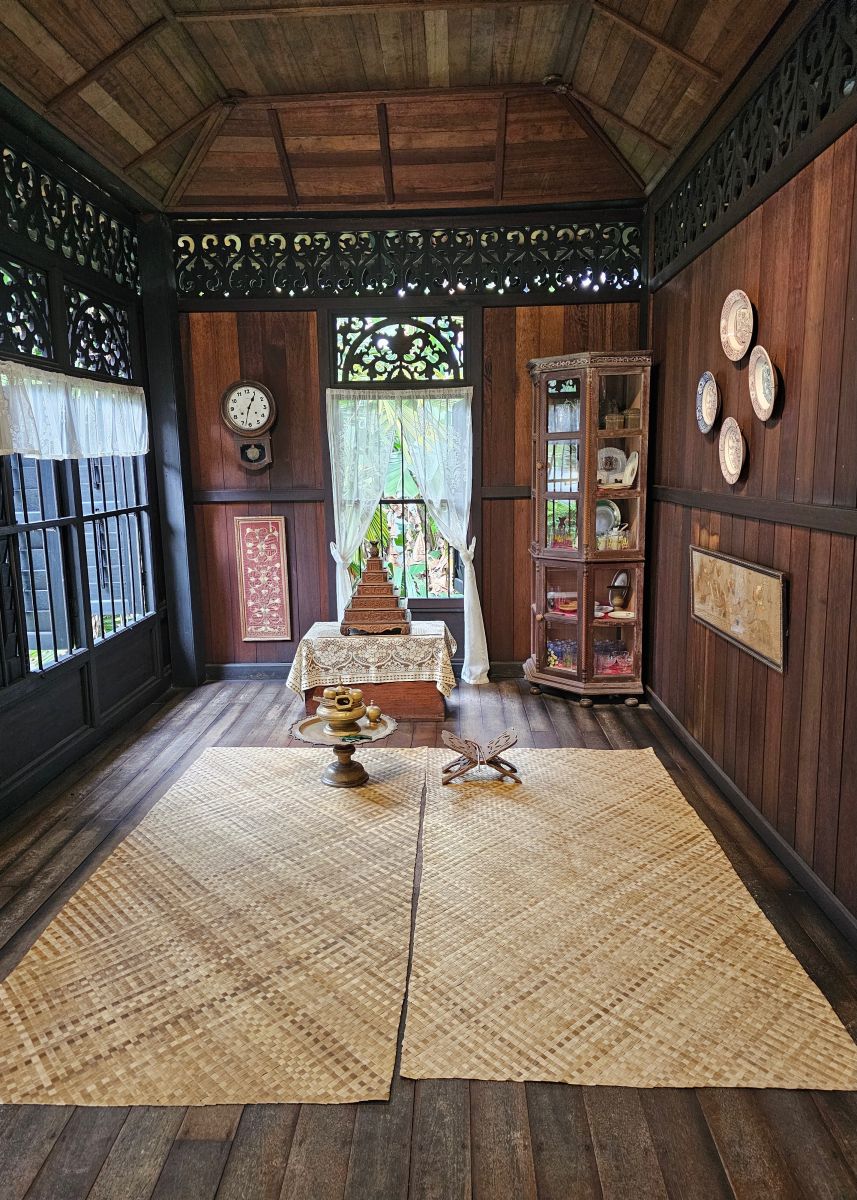 |
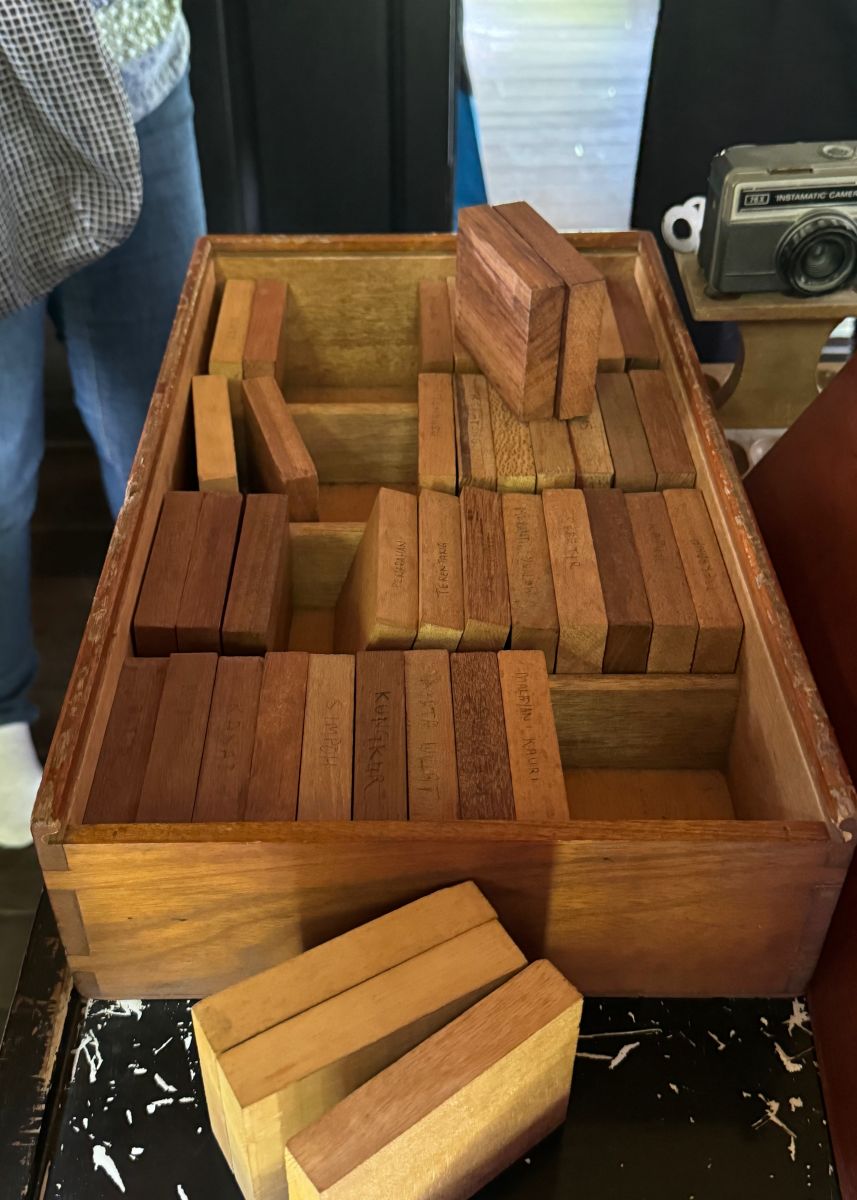 |
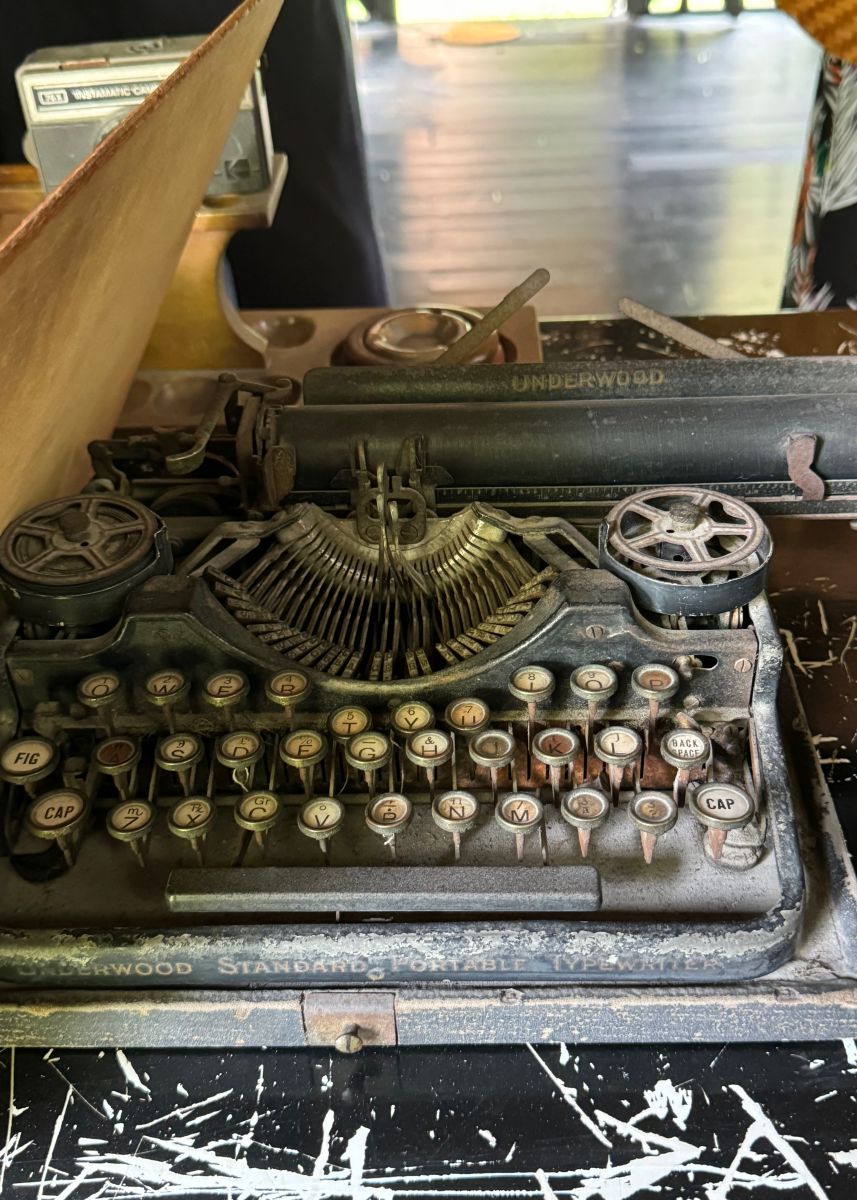 |
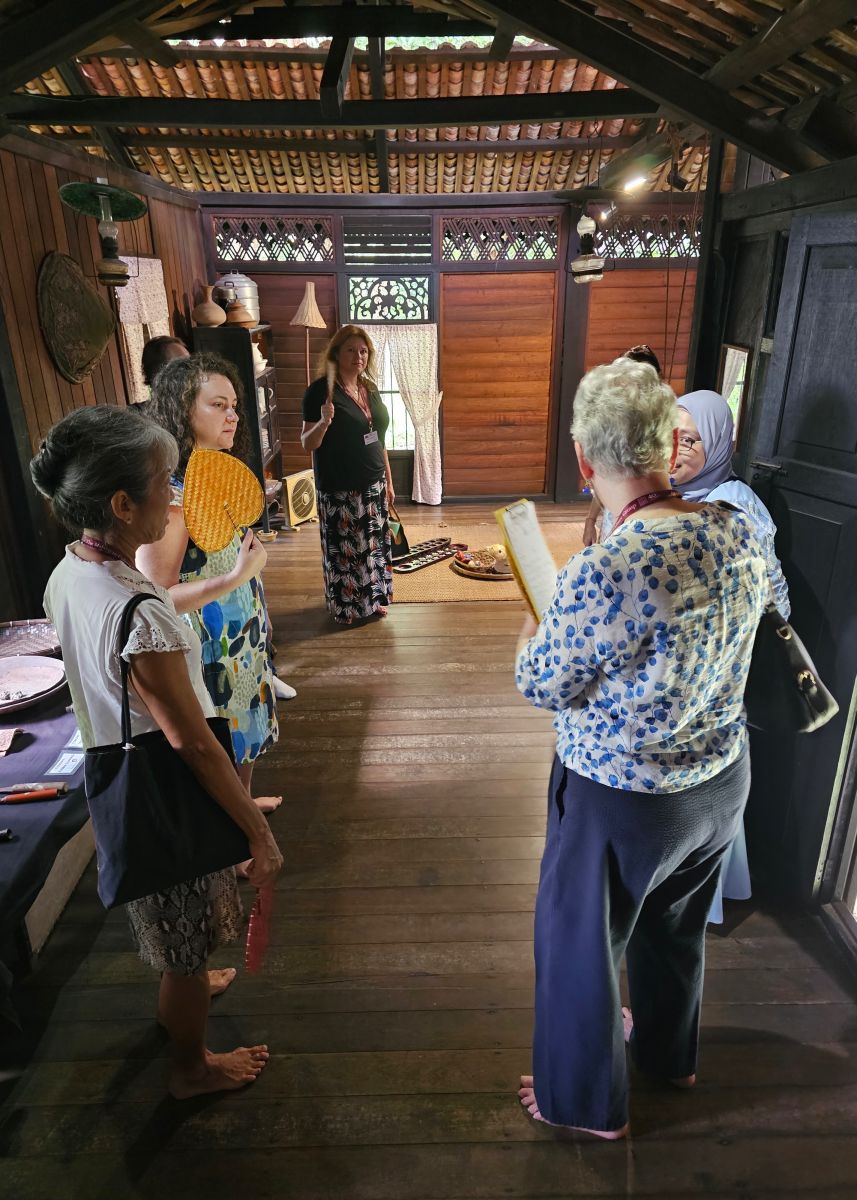 |
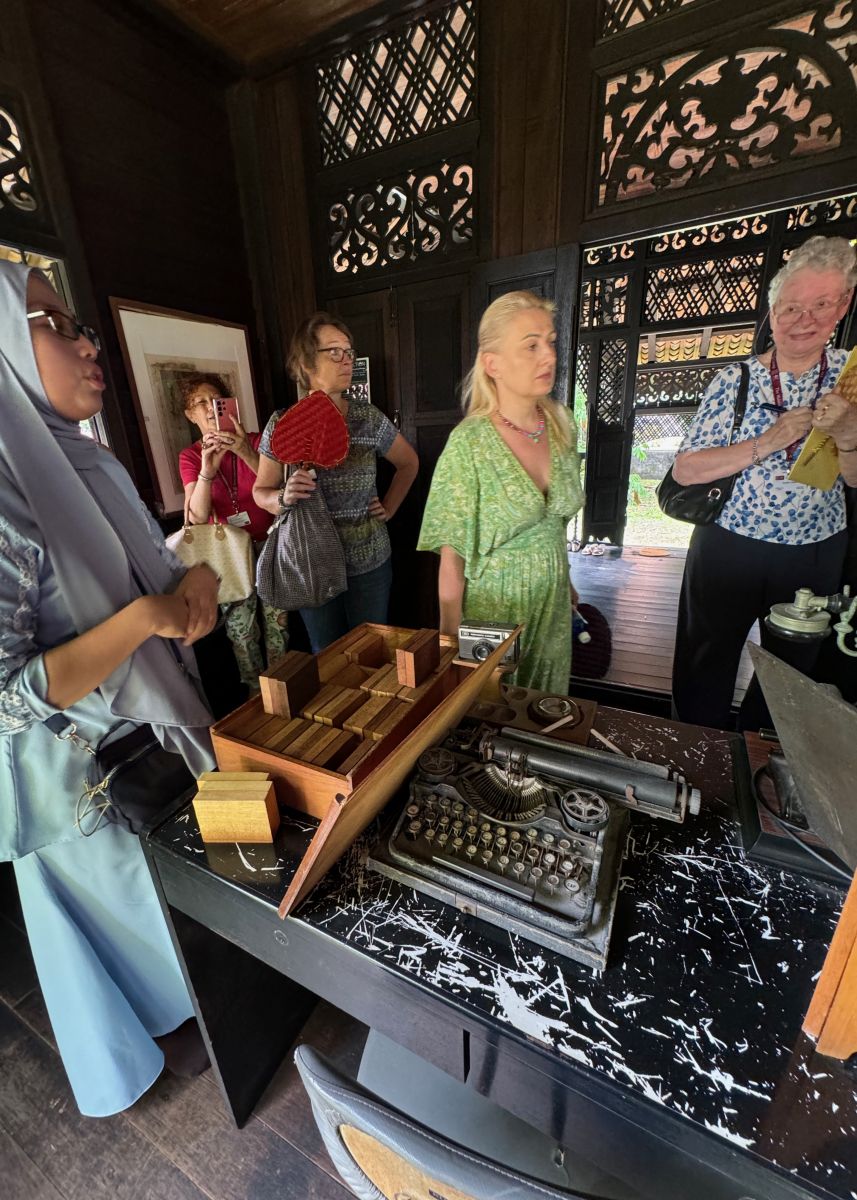 |
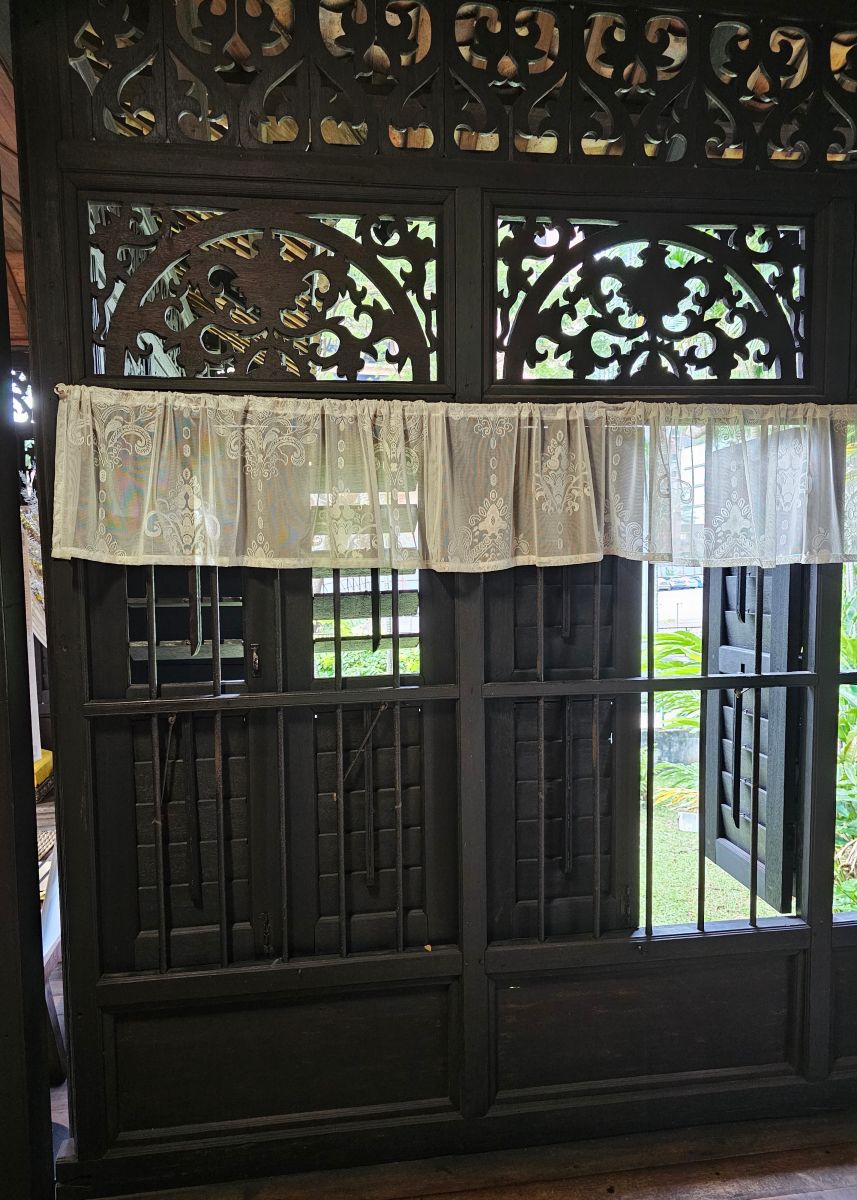 |
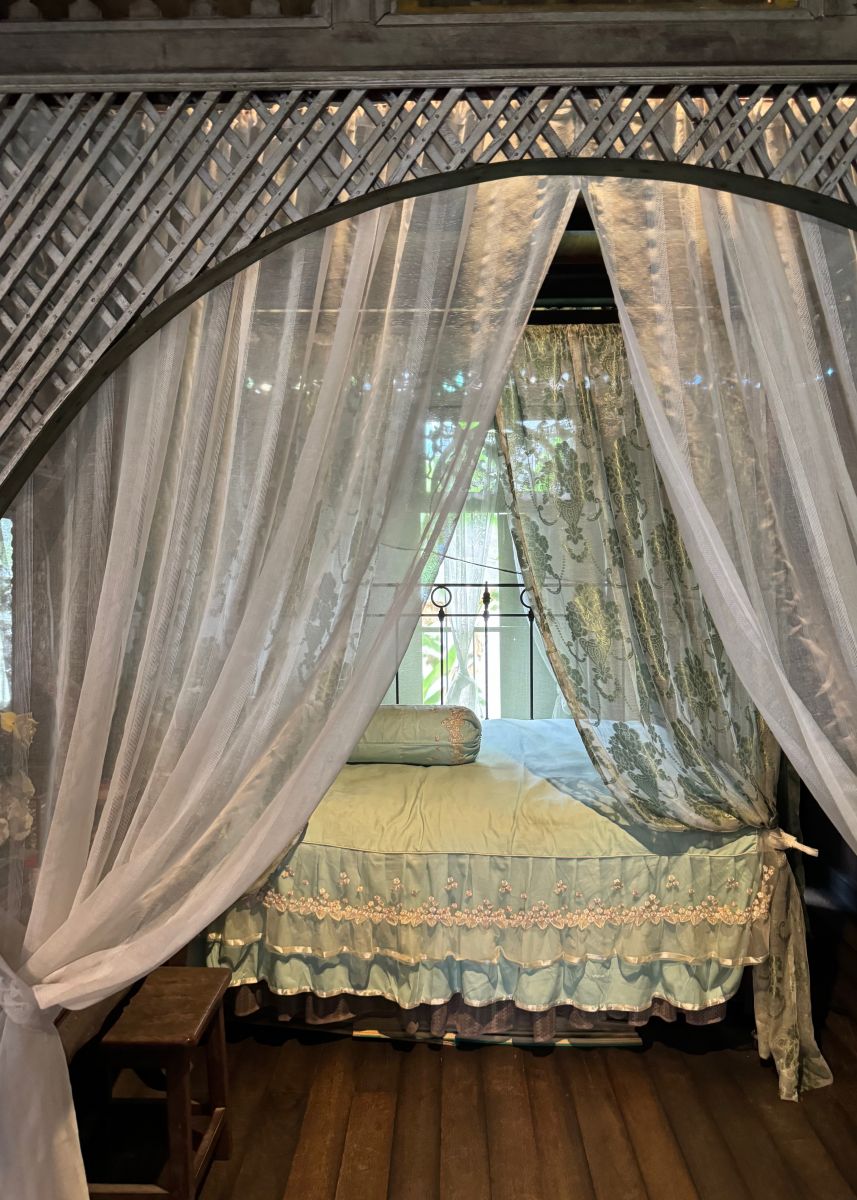 |
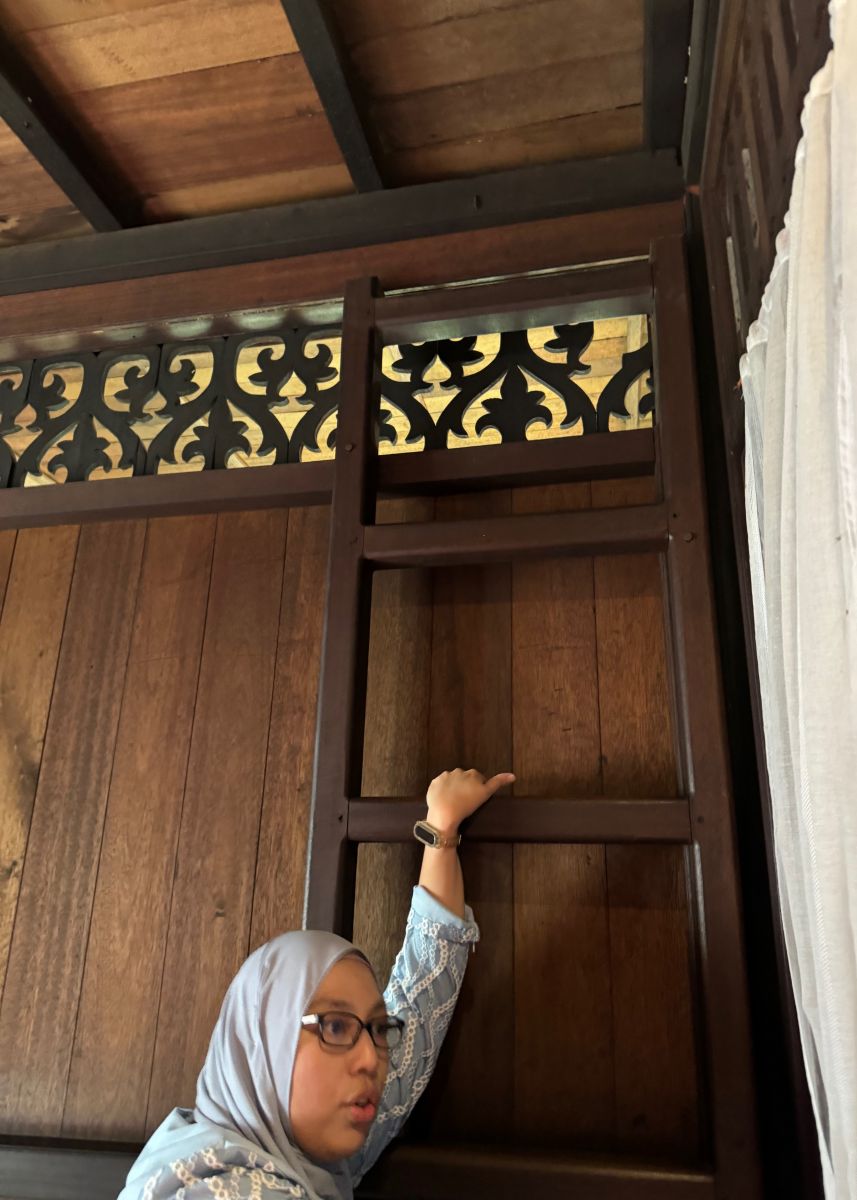 |
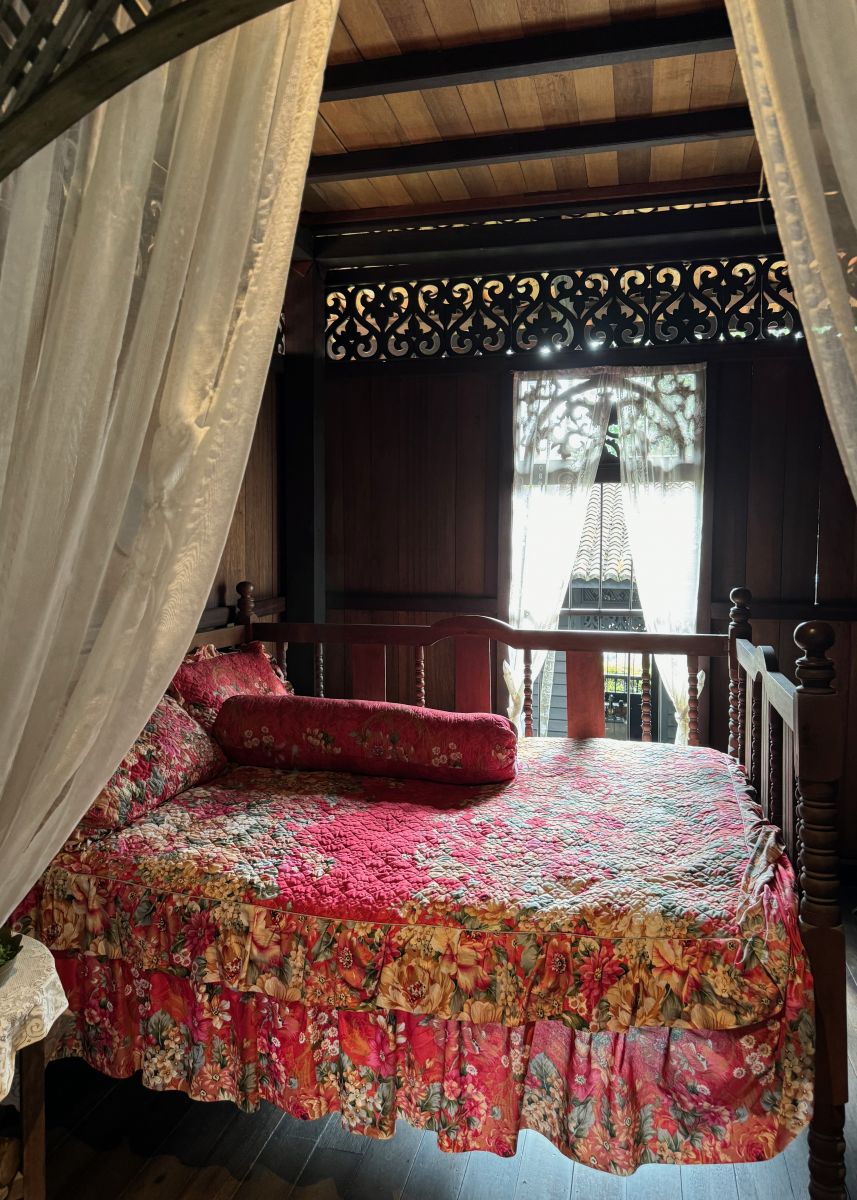 |
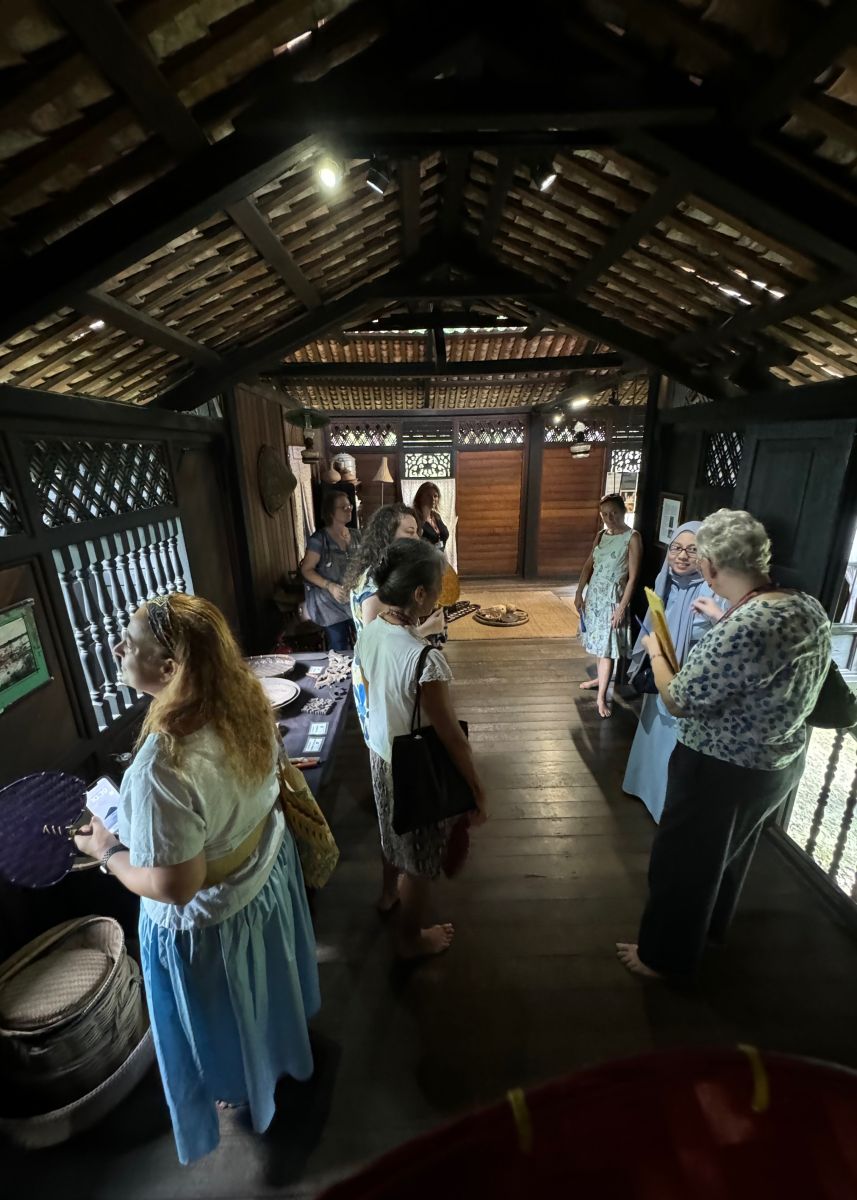 |
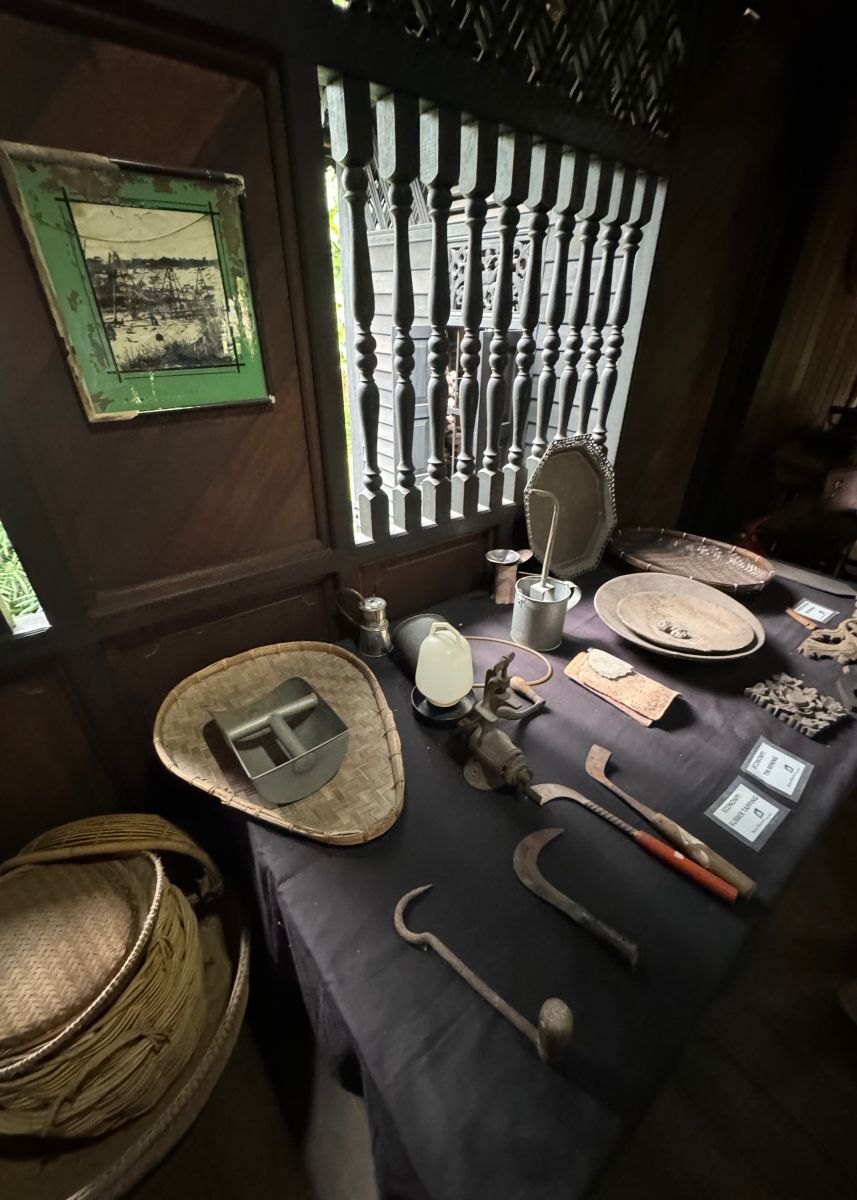 |
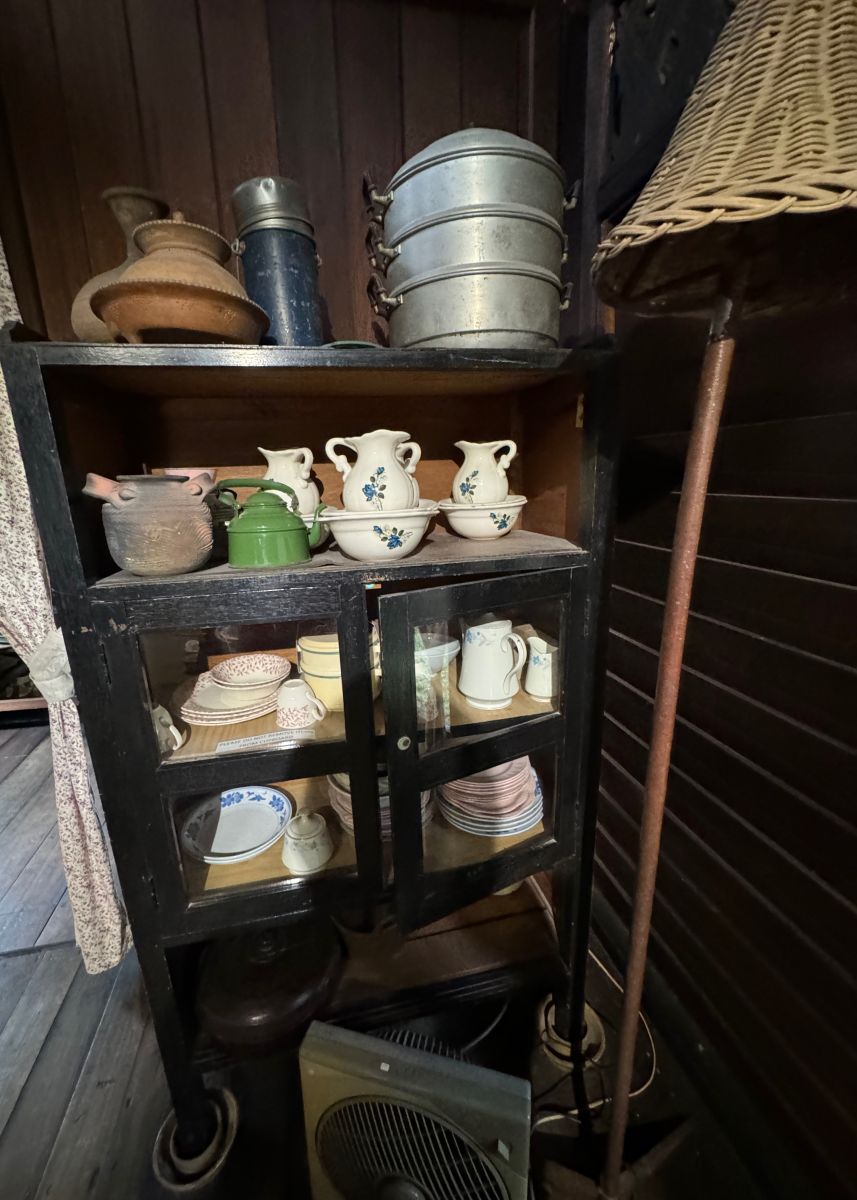 |
|
Malay Weddings 101
Upon the completion of our tour of the house, we were invited to gather on the floor of the main area of the rumah ibu to learn about Malay weddings. This is the area where the men traditionally would gather, so being a group of mostly ladies this was a special honour. Puan Zuraida spoke to us about traditional Malay weddings, that would have been held at the time when the rumah penguhulu was still situated in Kedah. Remember that this was the time when Malay weddings were generally arranged marriages. She outlined the time line of events that would have been adhered to as well as aspects of the ceremony itself. Merisik – this is an early exploratory stage in the potential marriage, in which representatives or wakil from the groom’s side would approach the available girl’s family to express their intentions and to determine if this was reciprocated by the girl’s side. The wakil were never the parents involved, but rather uncles and aunts acting on behalf of the girl and boy. Discussions were carried out in eloquent, indirect language. For instance, the boy’s wakil would indicate that they heard that there was a flower in the garden waiting to be picked or that there was a piece of land which had not yet been cultivated. The young couple were never seen by each other at this stage. |
||
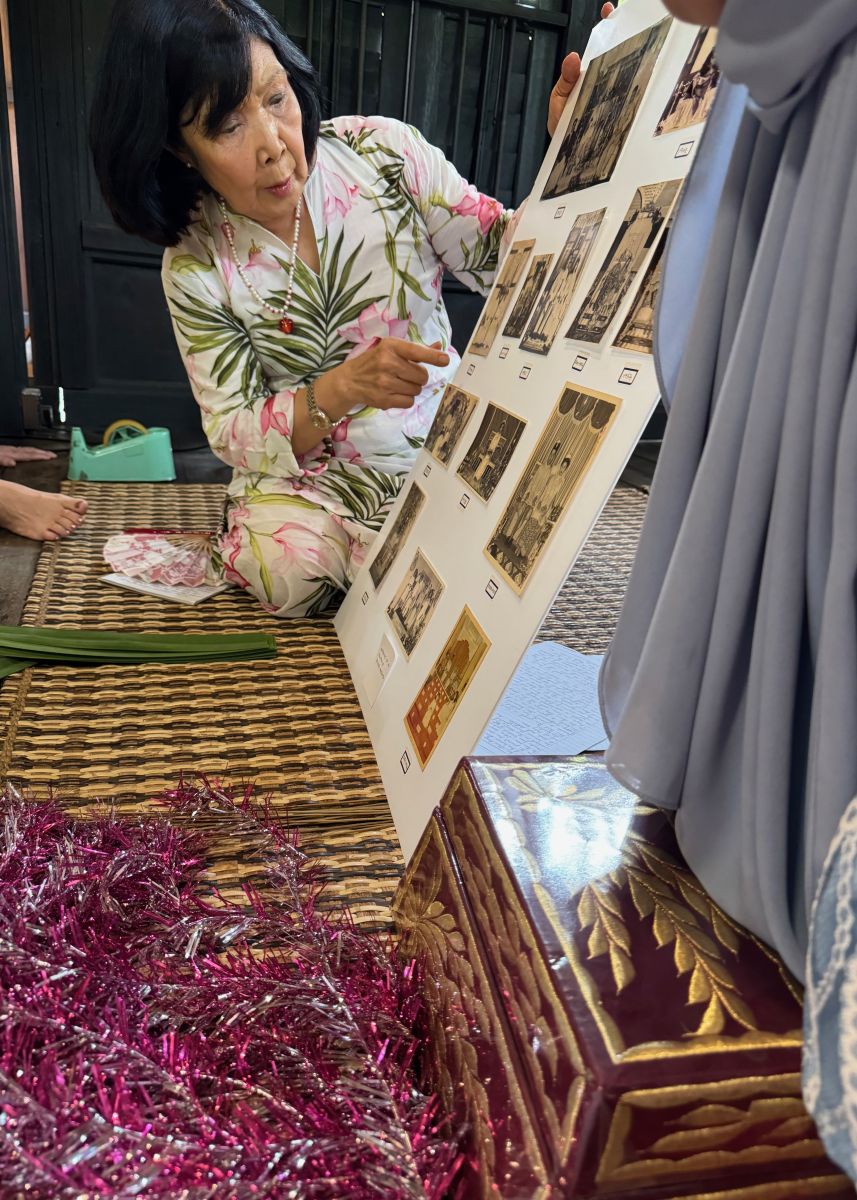 |
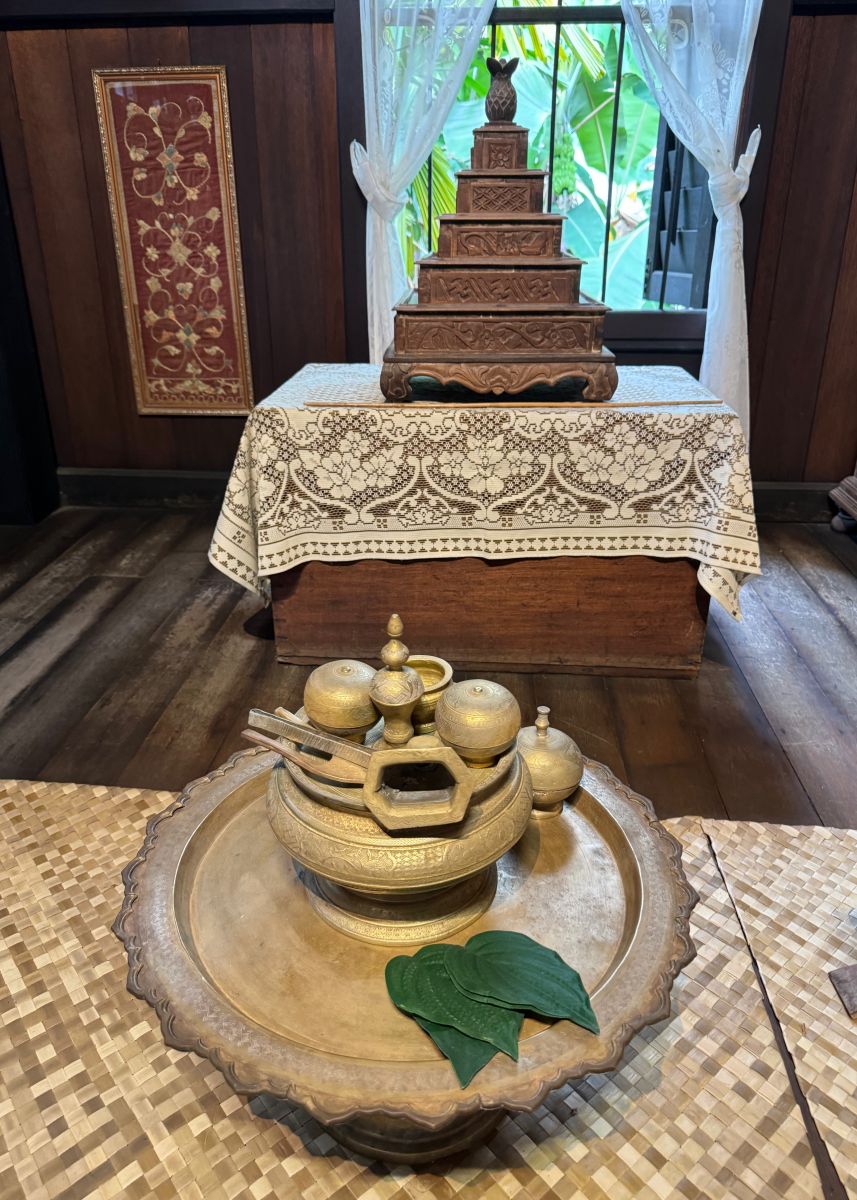 |
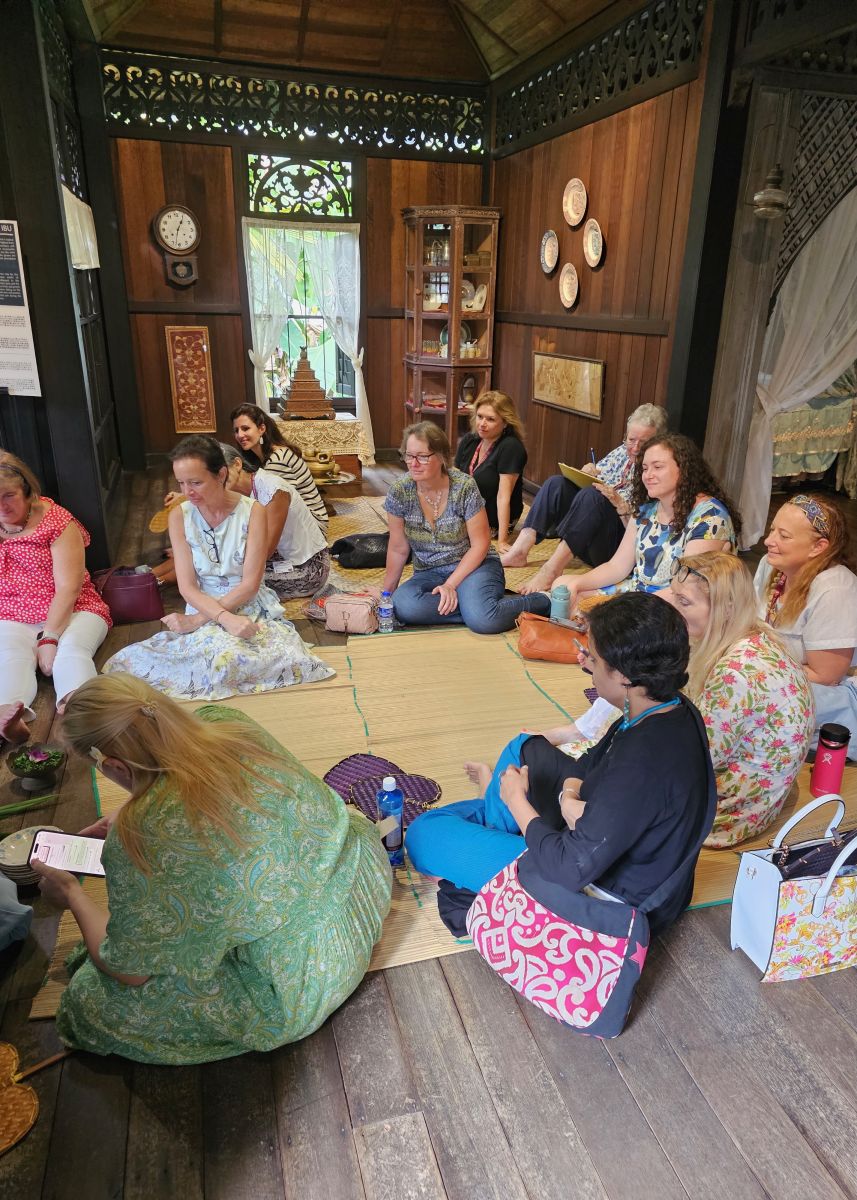 |
|
Meminang and Bertunang – Assuming both sides had shown interest at the merisik, the next step was another meeting for the proposal, or meminang, during which an uncle from the groom’s side approached the girl’s family to seek her hand in marriage. At this point the girl’s family could reject the proposal. If both sides were agreeable, further discussions were carried out to set the date of the bertunang or betrothal. This involved another meeting of the wakil. At this engagement ceremony a ring and other gifts were presented to the girl’s side by the boy’s side.
Both sides at the engagement would also discuss the date of the wedding ceremony and negotiate the amount of the duit hantaran or dowry and the penalty if one side breaks the engagement. Usually the wedding would be scheduled for several months or even a year or so in the future to allow the families time to make all the arrangements necessary.
Akad Nikah – The actually wedding day arrives, but not before myriad details have been prepared. A senior lady, a Mak Andam, experienced in arranging weddings would have been engaged to oversee all the preparations. She had to see that the bride stayed in the house in order to keep her skin fair for the special day. Glutinous rice, pounded into powder which was applied to the skin to prevent the sun from darkening it. The house had to be splendidly decorated, especially the room where the couple would spend their first night together. Women were in charge of preparing bungah rampai, a fragrant combination of finely sliced daun pandan, screw pine leaves, flower petals and other aromatic plants whose scent would suffuse the area. Decorating the pelamin, wedding dais, where the couple will sit facing the guests and all the customary trays of special significance are just some of the preparations the women are in charge of. The role of the men was to cook all the food needed for the wedding banquet as it was prepared in huge pots stirred by long pieces of wood, the size of oars. The akad was frequently held on a Friday, so on the previous Thursday the bride is taken aside and the birds and the bees would be explained to her. That evening would likely be the malam berinai, the application of henna in exquisite patterns on the bride’s hands and nails to ward off malicious spirits. |
||
|
On the actual day the guests would arrive and be seated in the rumah ibu, with the men on one side and the ladies on the other. The spirited beating of the kompang, small hand held drums, would have announced the arrival of the procession of the groom’s side who bring the hantaran, or trays of gifts and the bunga manggar, symbolic palm blossoms attached to long poles. His side would be invited to join the other assembled guests on the floor. A kathi, a Muslim religious official, would be in attendance to solemnize the ceremony by asking the couple’s consent to the marriage, reciting prayers from the Quran, explaining the groom’s responsibilities and having the groom recite his marriage vow absolutely correctly all at one go. This is the legal aspect of the ceremony.
Once this is done, they would be officially married and they take their places side by side on the pelamin, the wedding dais, where they were treated as raja sehari, king and queen for a day. Frequently the beautifully decorated dais looks like a set of royal thrones. This part is referred to as majlis bersanding, sitting in state, during which elders would come forward to bless the couple by sprinkling rose water, bunga rampai and tepung tawar, freshly ground flour, to achieve happiness in the household, on their open palms. As the relatives return to their places, they are presented with a bunga telor, an egg attached to a beautifully decorated stem, to show gratitude and as a symbol of fertility. This is the traditional part of the marriage which is full of rituals that have been part of Malay heritage for centuries. Following this, a meal would have been served.
We were given a chance to create bunga rampai ourselves by cutting stalks of pandan very, very finely with scissors. These cuttings were then put into a mesh bags which allowed their fragrance to waft through the air. Colourful, flashing tinsel had been taped to the end of a lidi, the rib of a coconut palm and all we had to do was to twist the tinsel around the stick. These would then be stuck into an unripe papaya which was mounted on the end of a long pole to be used as wedding decorations, symbolizing palm blossoms to welcome guests and give directions.
And so, ended our day in the kampong. MCG is grateful to Badan Warisan for providing the experience for us.
Leslie Muri |
||




